CURRICULUM NEWS
SMART Spelling

CURRICULUM NEWS
SMART Spelling
Spelling Program - SMART Spelling
You may have noticed this term that your child has started bringing home lists of spelling words, some highlighted, some not. This is because at BPPS we have implemented a whole school approach to spelling using a program called SMART spelling. The highlighted words are the ones your child has chosen to focus on for the week. These lists are for your information, and your opportunity to assist your child with the spellings at home. We do not require the lists to be returned to school as duplicates are made for school use. Students are given a variety of activities to work on from Monday to Thursday, and complete a spelling test and short dictation session on Friday.
SMART Spelling has been designed to support teachers in the explicit and systematic teaching of spelling. It comprises a scope and sequence from Foundation to year 6. Eighty percent of spelling words follow a consistent pattern, and the other twenty percent could be high frequency words, topic words or personal words that students still need to learn.
The SMART Spelling approach gives students the opportunity to explore the whole word: how it looks, how it sounds, what it means and what you can do to change the word. In a typical weekly sequence, teachers start by teaching the meaning of words to expand vocabulary and then break words into syllables (if relevant), sounds and letter patterns (graphs, digraphs and trigraphs) following a simple routine that is in the SMART Spelling course.
SMART is an acronym for the sequence teachers follow to teach words to students. It stands for:


In a SMART Spelling classroom, students are explicitly taught spelling patterns, one at a time. Teachers choose a range of words (from simple to complex) from a suggested list in the manual. Students are then guided to choose from that list, to meet different needs. Personal words are also a focus in SMART Spelling. Students are also given a variety of tasks to do to help them learn the words and the patterns of spelling, and are regularly tested in order to track their progress.
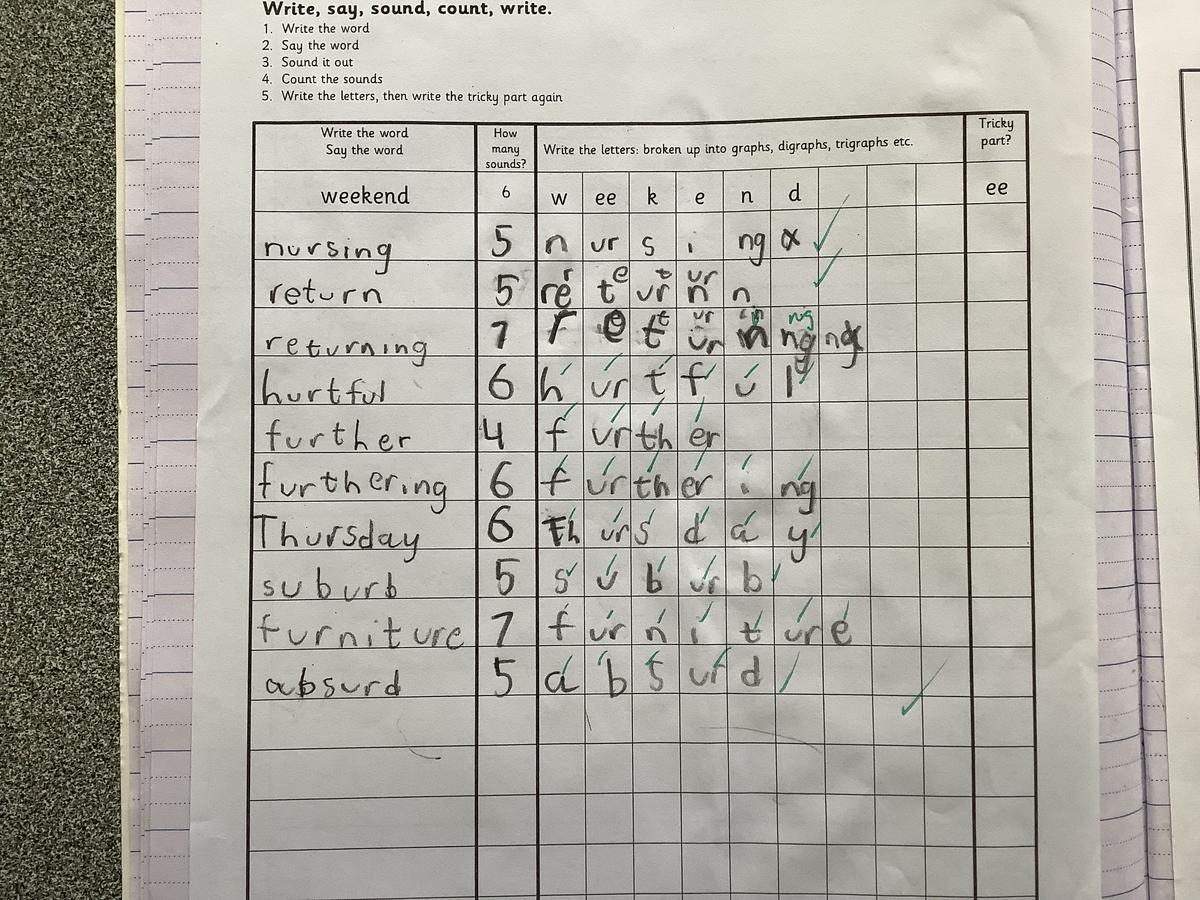
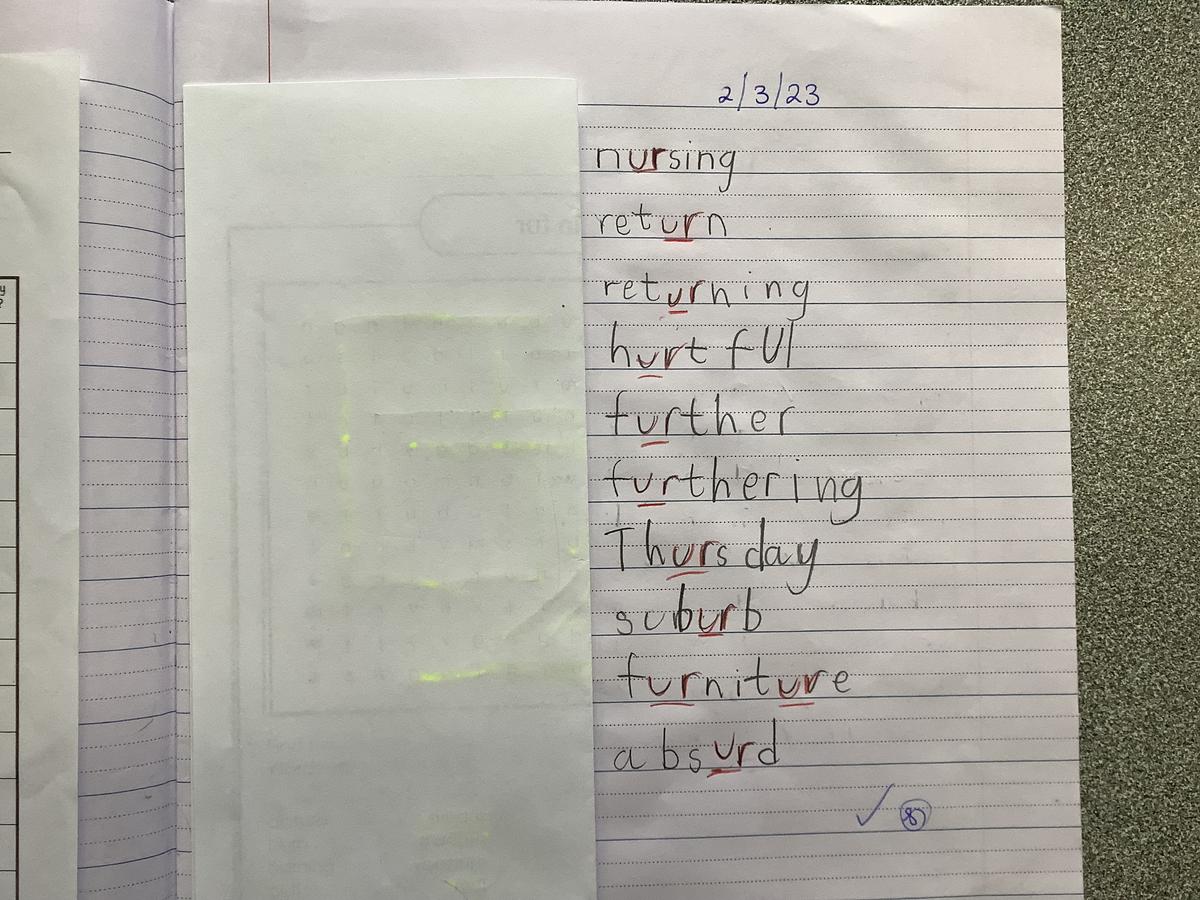
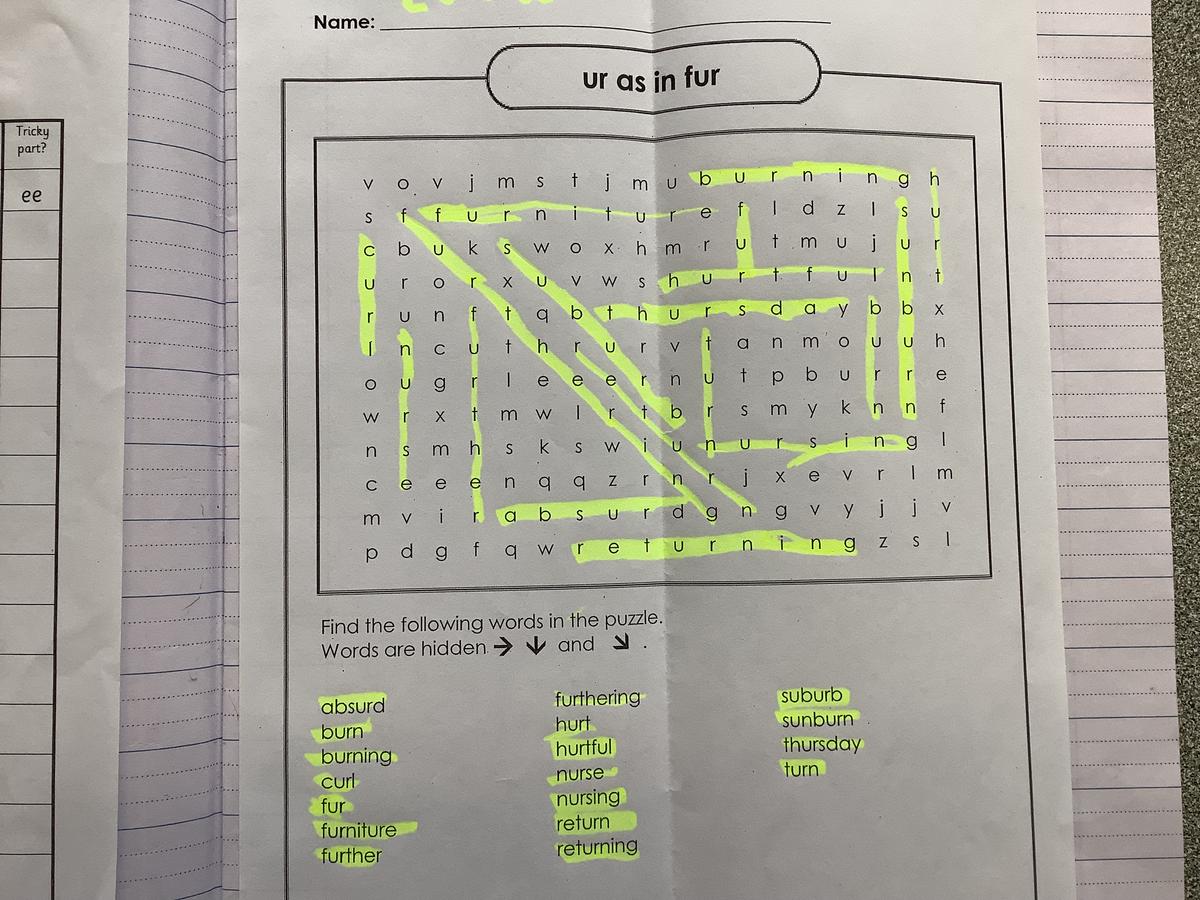
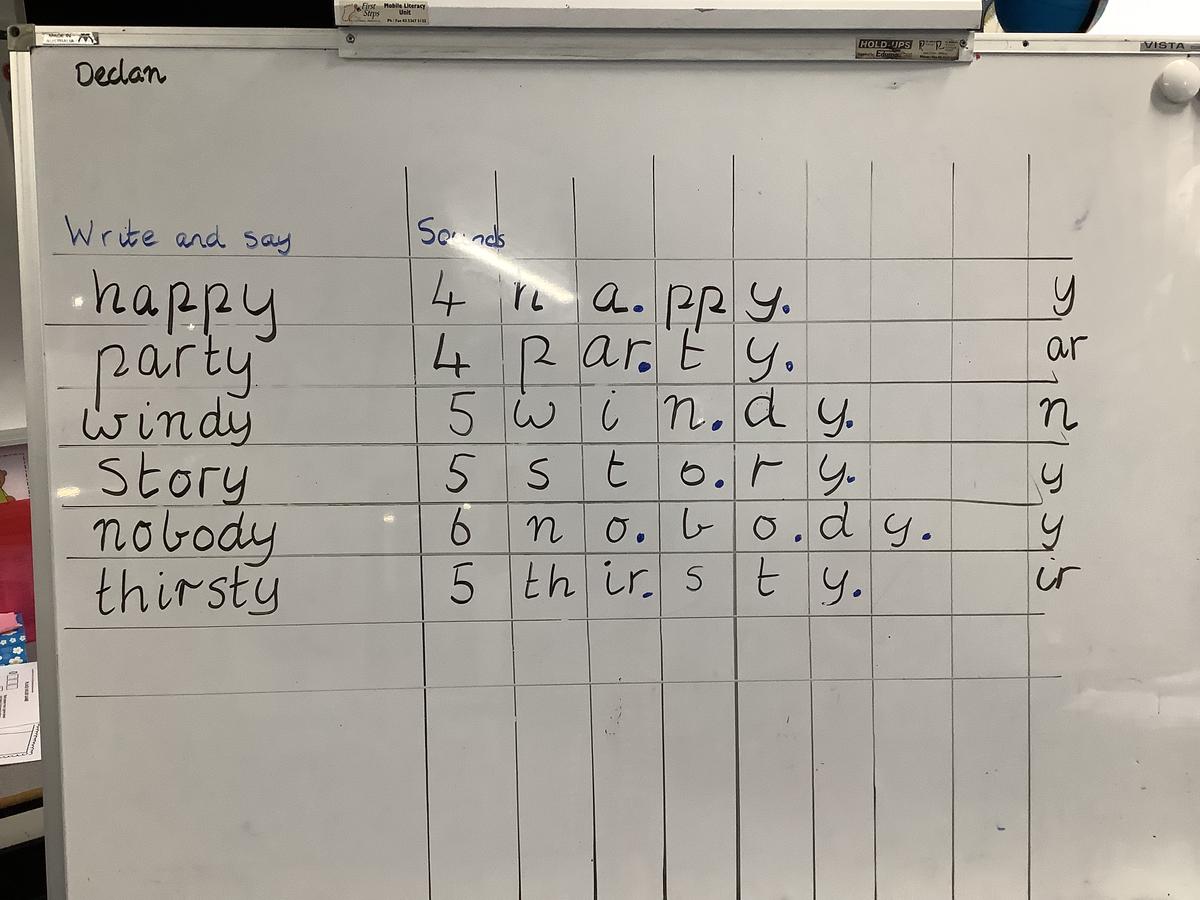
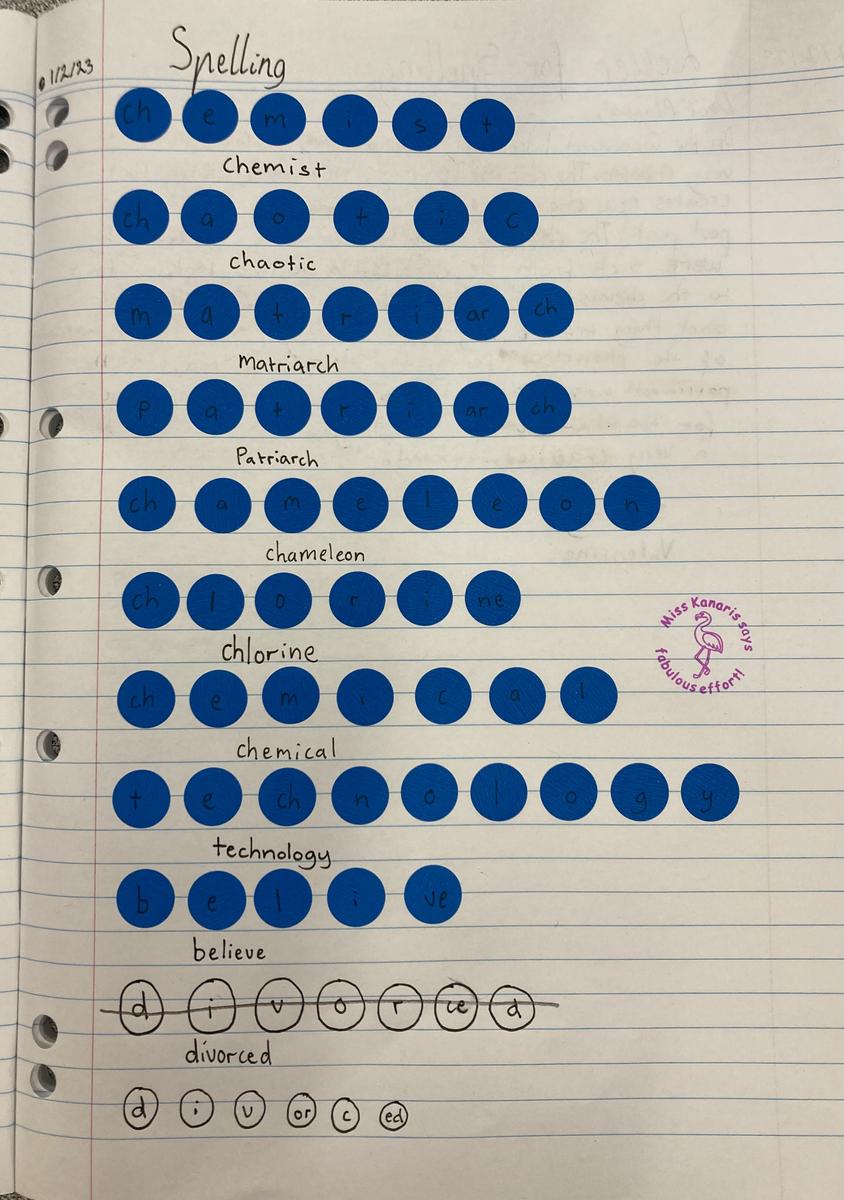
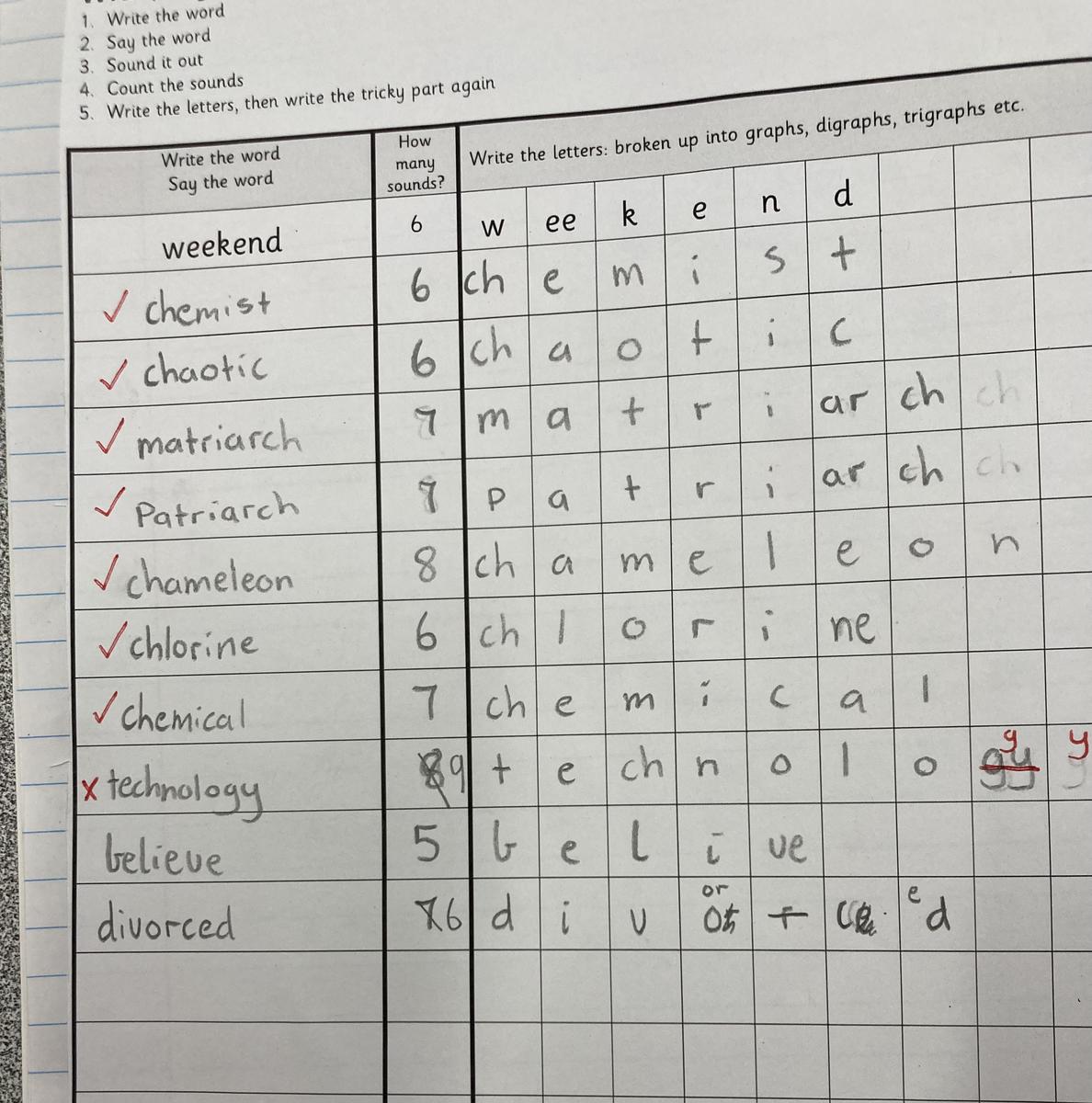
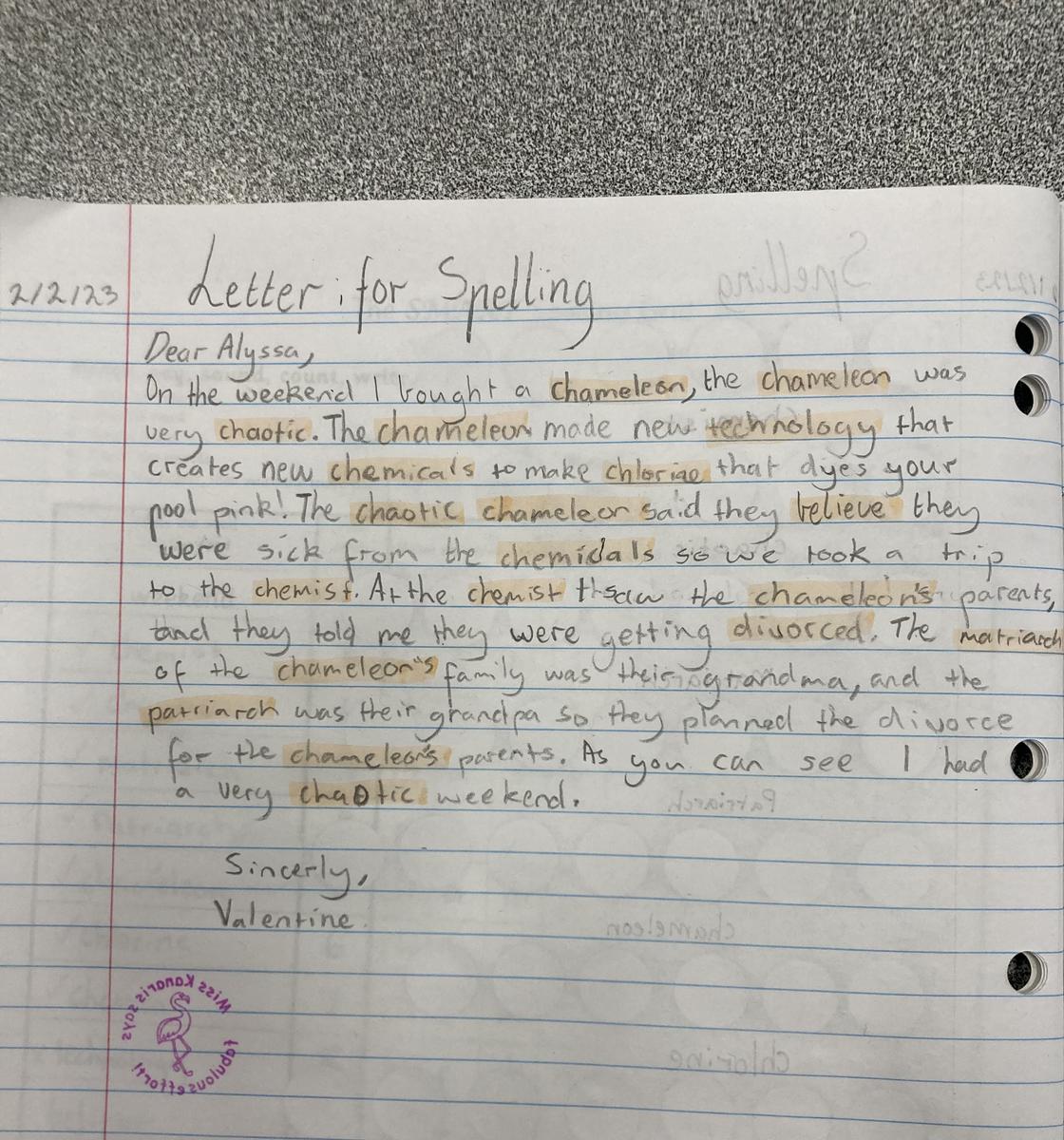
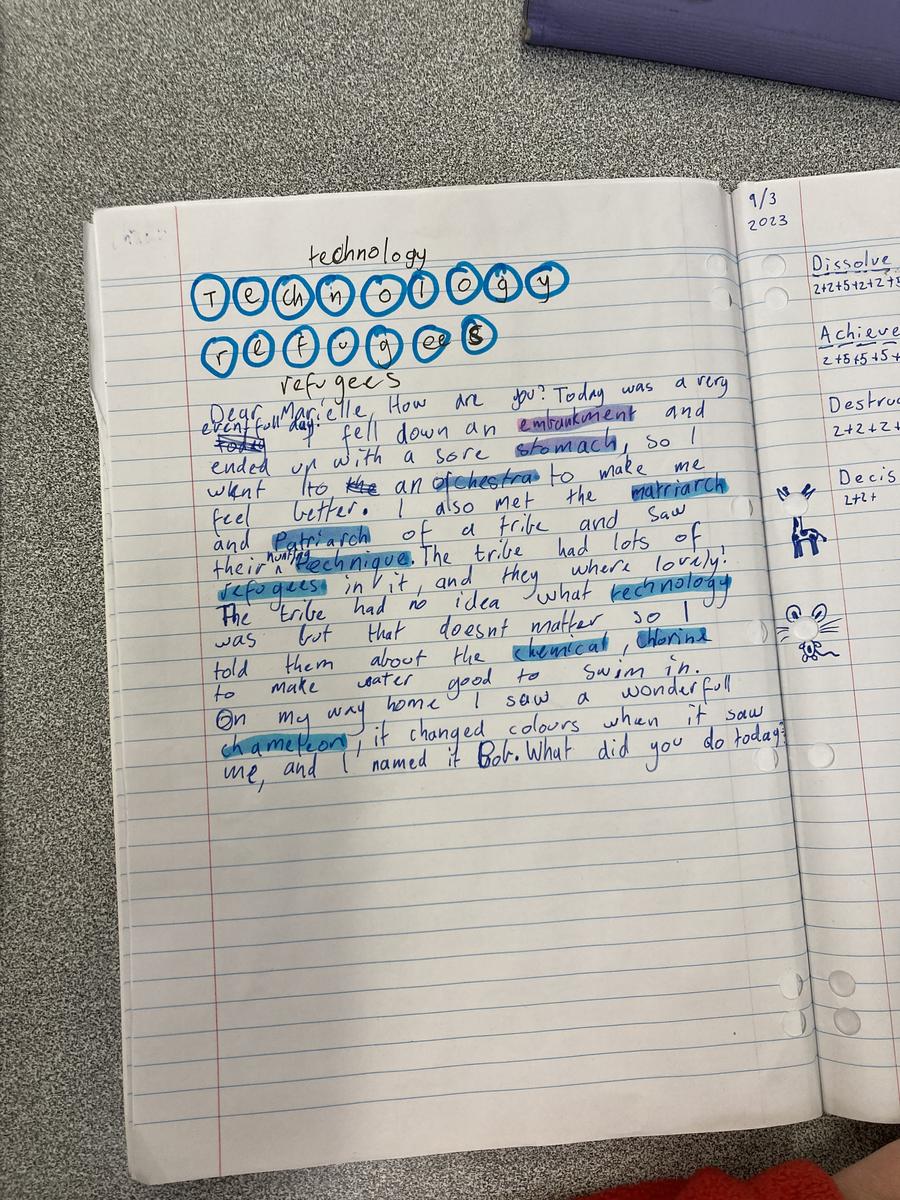
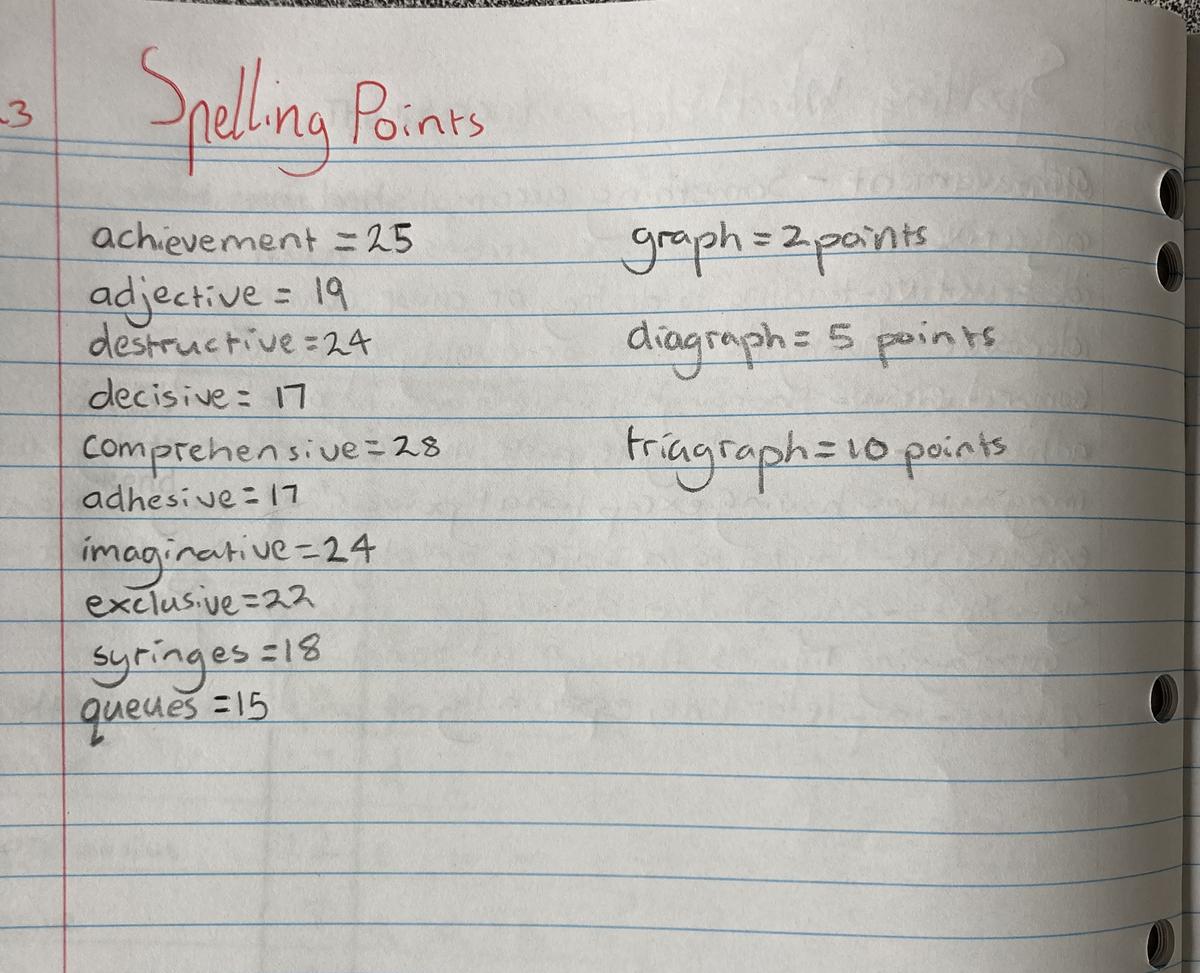

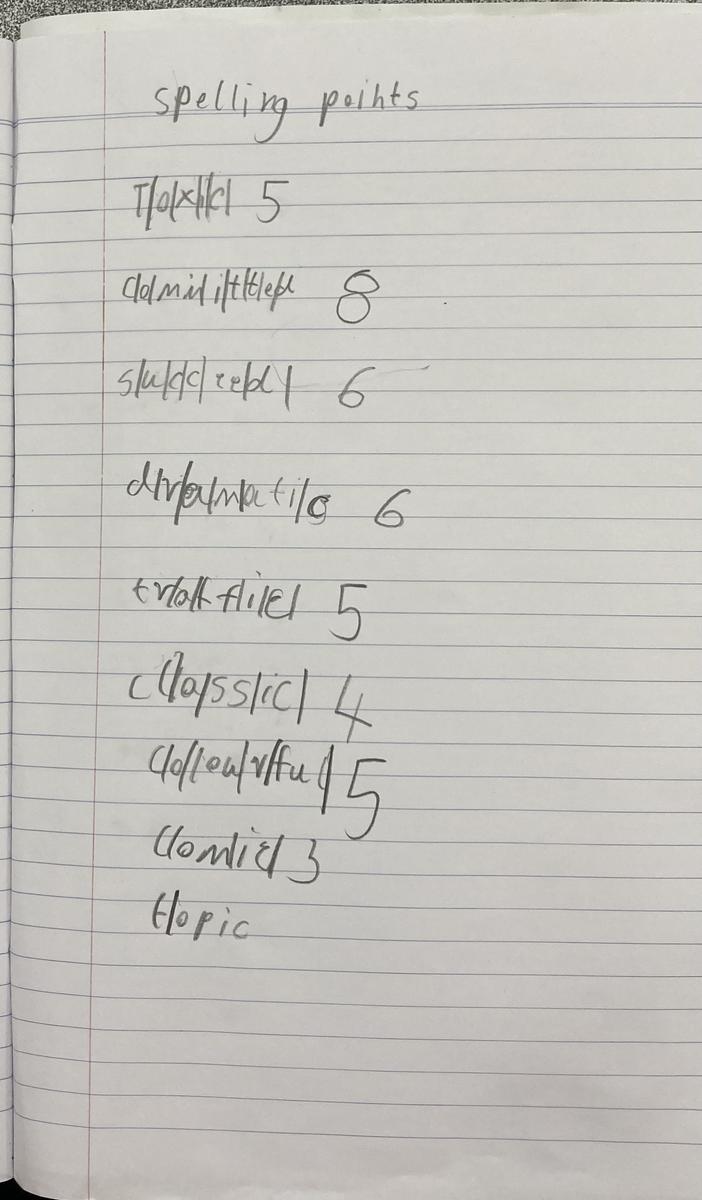
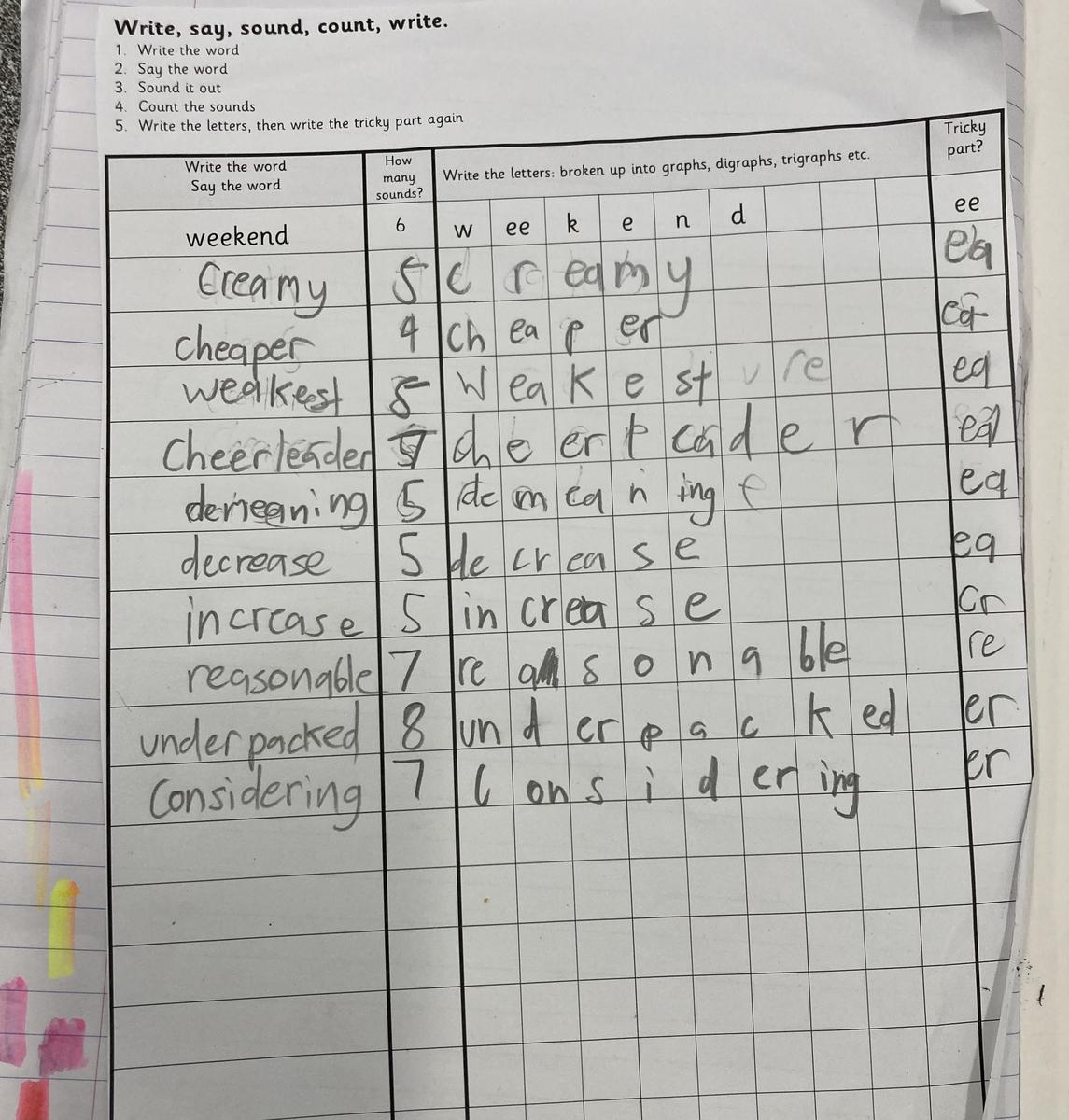
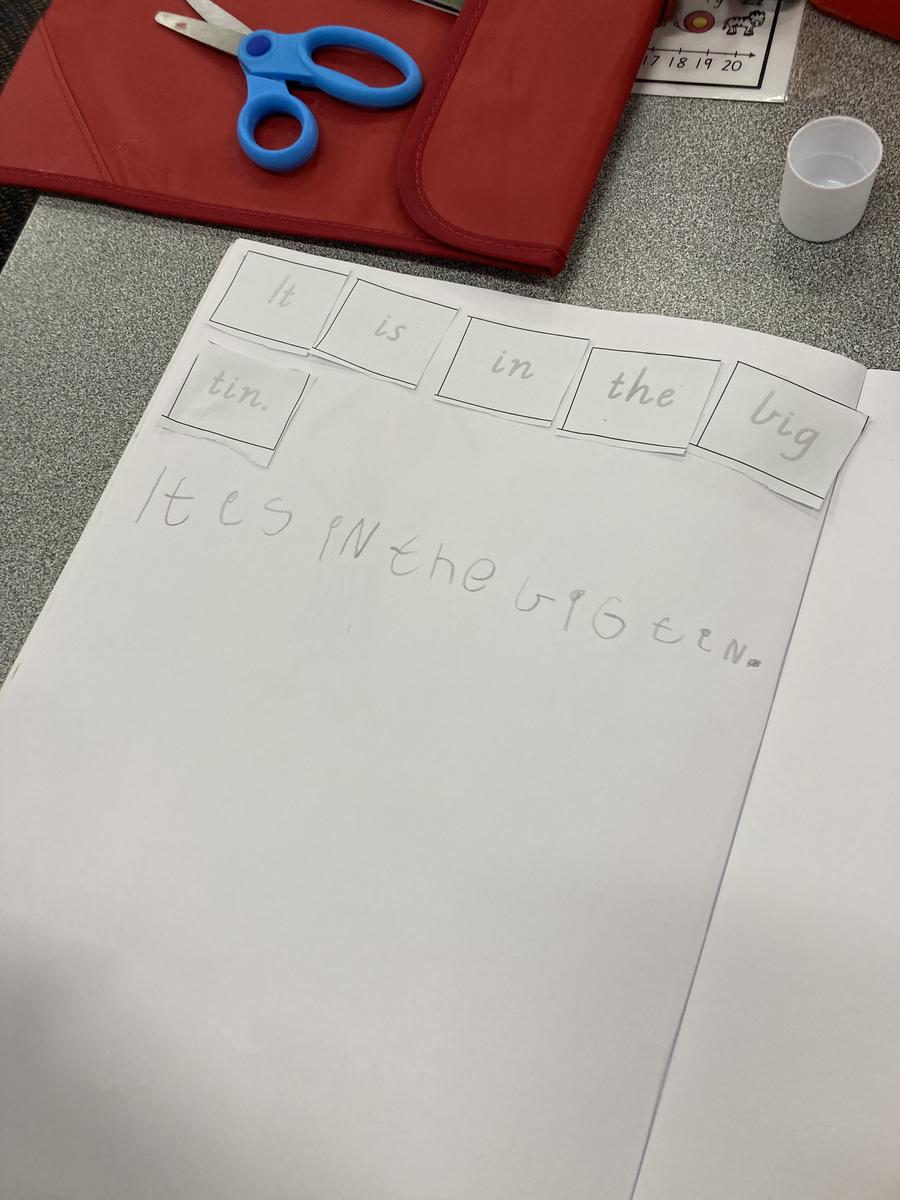
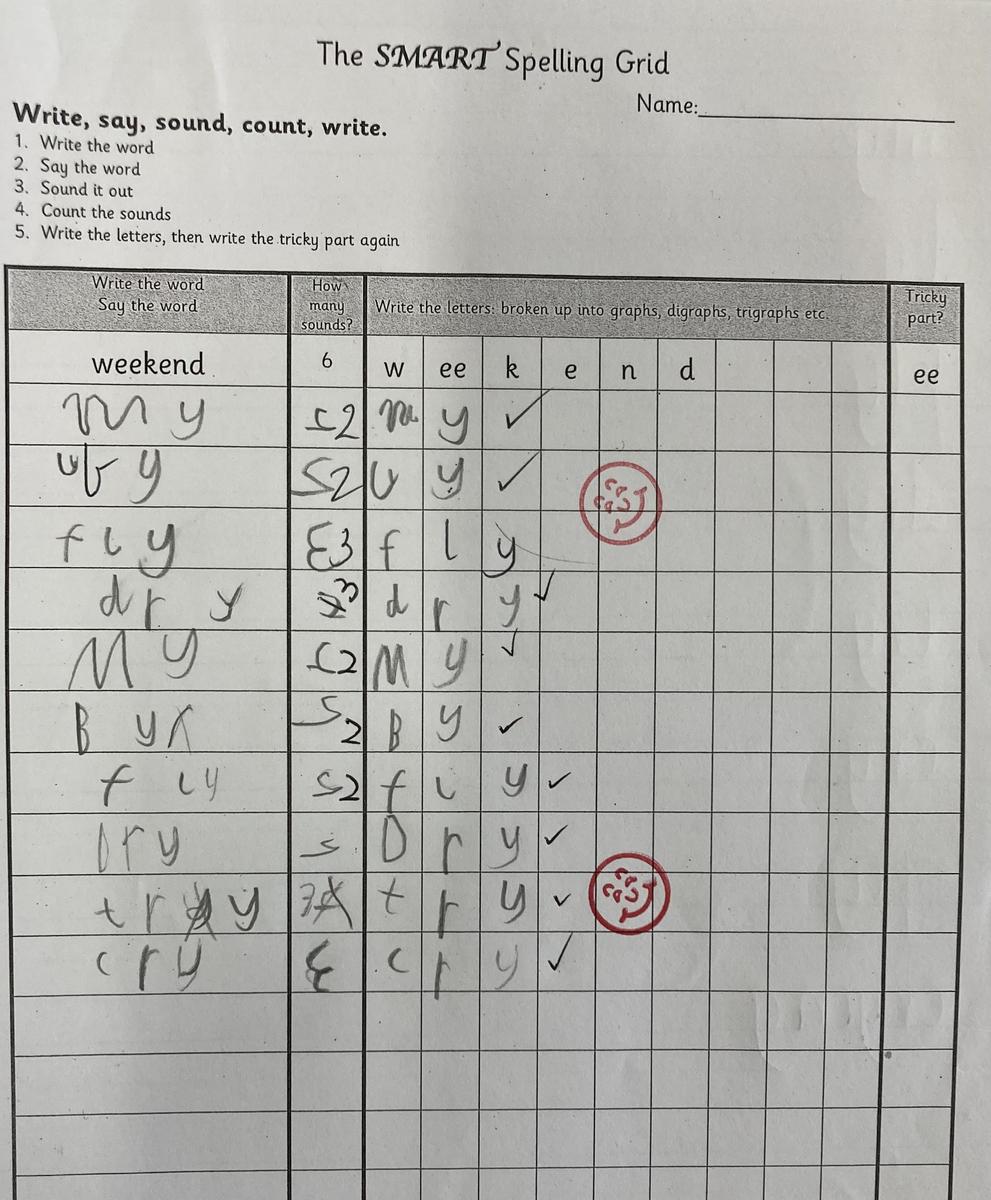
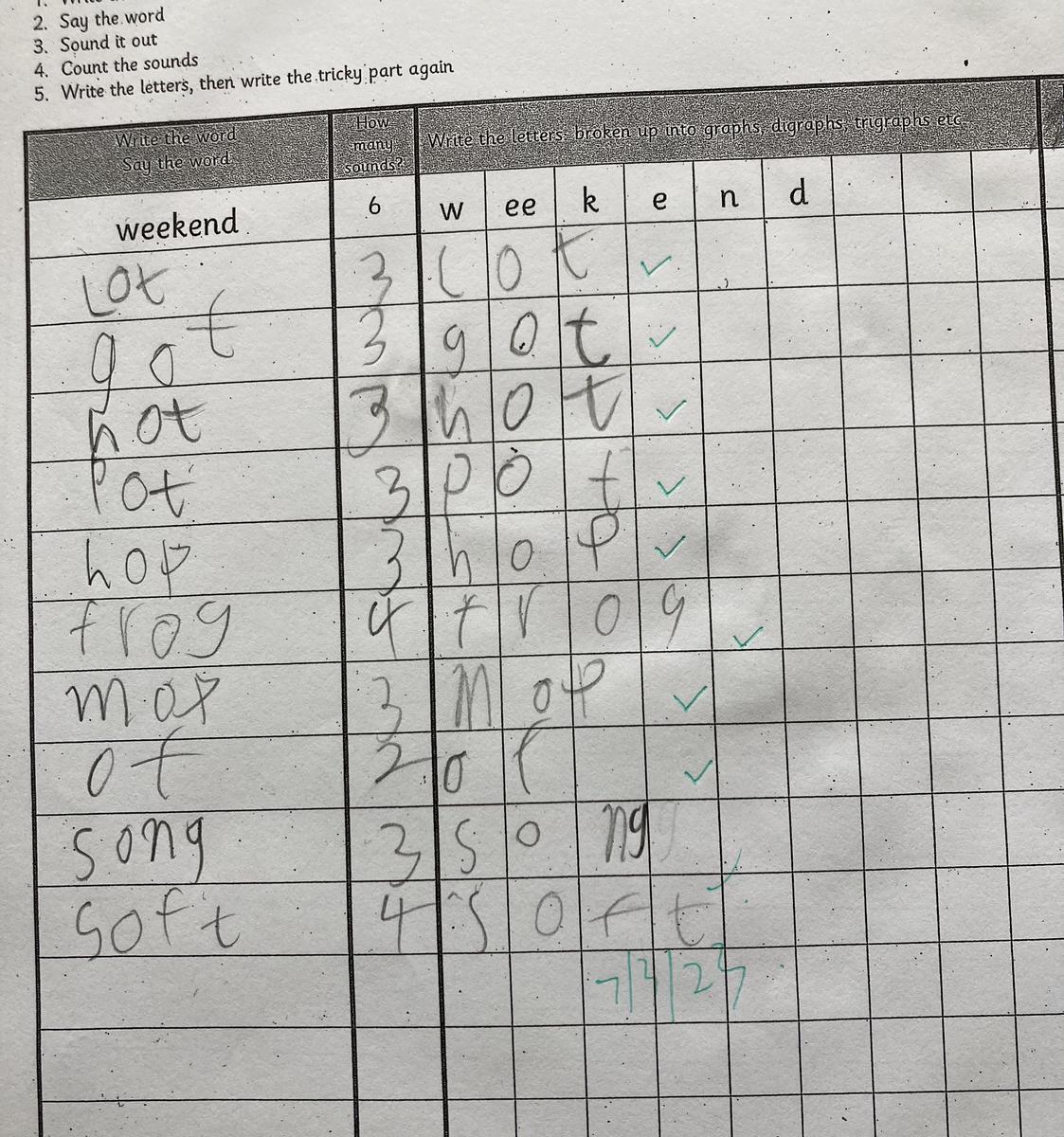
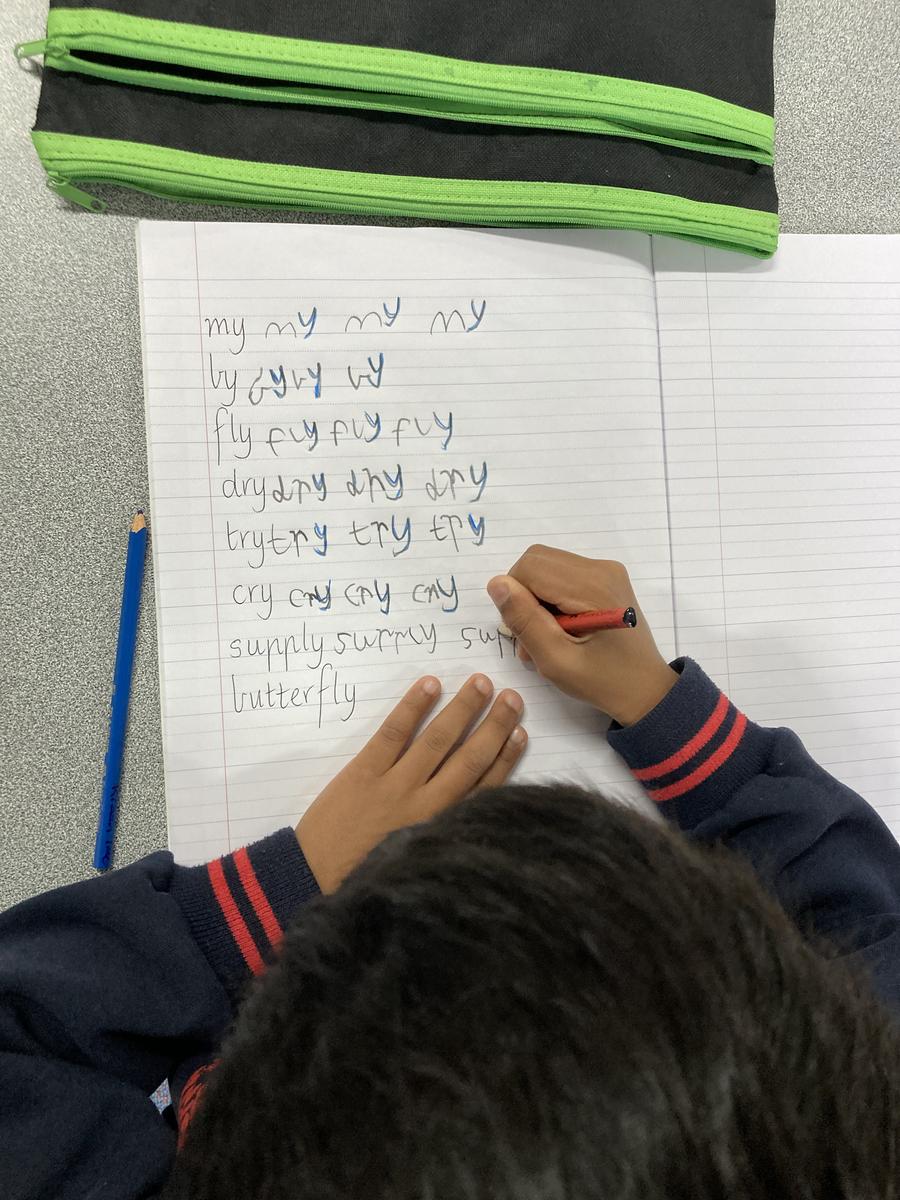
















The two important areas of knowledge students need to develop to become independent spellers are phonological (to do with sounds), and orthographic (to do with letters). Phonological skills include the ability to break words into syllables and individual sounds. Orthographic skills are visual, and involve choosing the correct letters that make a sound in a words. The SMART spelling approach also includes the study of where words come from (etymological knowledge) and how prefixes and suffixes change the meaning of base words (morphemic knowledge).
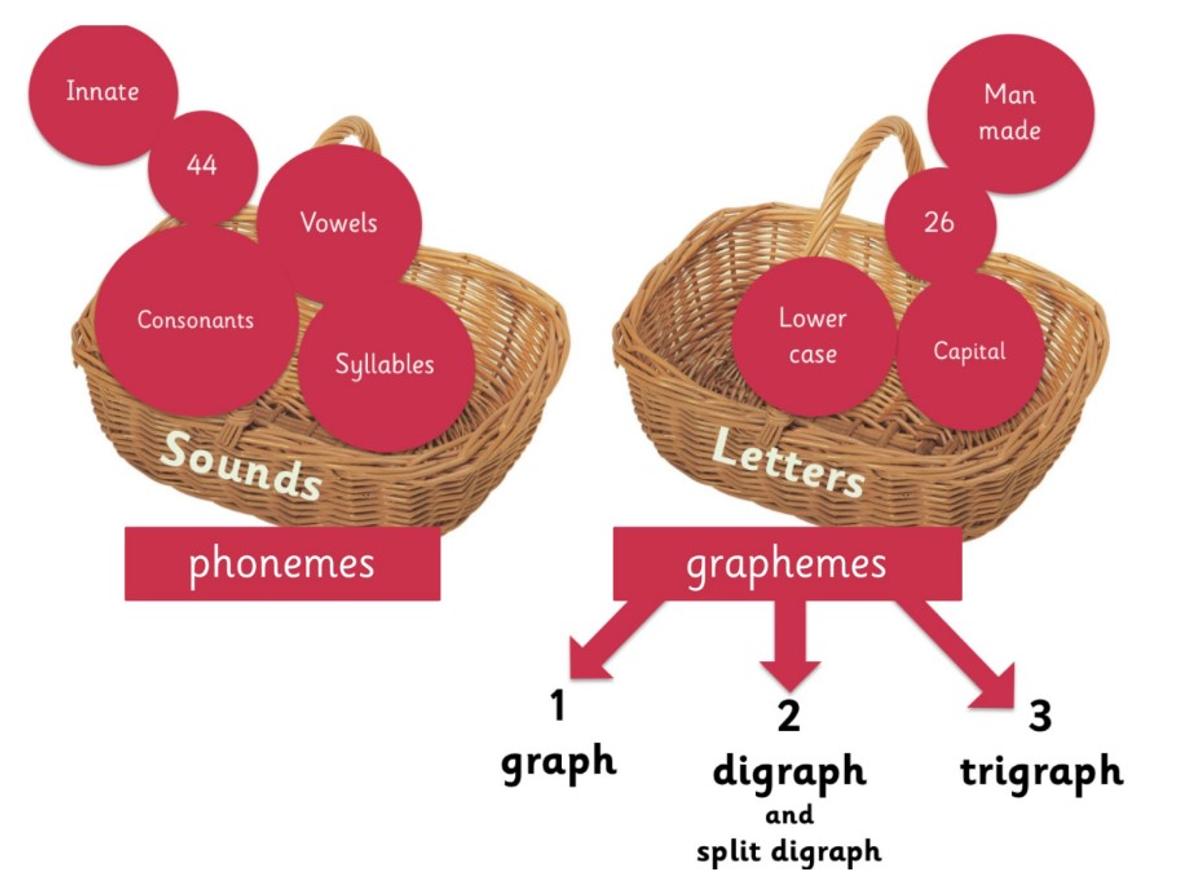

It has been thrilling to see this consistent approach being realized in classrooms throughout the school this term.
If you haven’t already seen spellings coming home, have a conversation with your child and take a look at their weekly lists. You can support your child’s learning by
At school, students follow a weekly routine, studying the words in different ways each day. More information can be found in future editions of this newsletter, by contacting me, or even by just checking out your child's spelling book at our Expo next Friday 31st March!
Cat Fleming
Learning Specialist (Literacy)